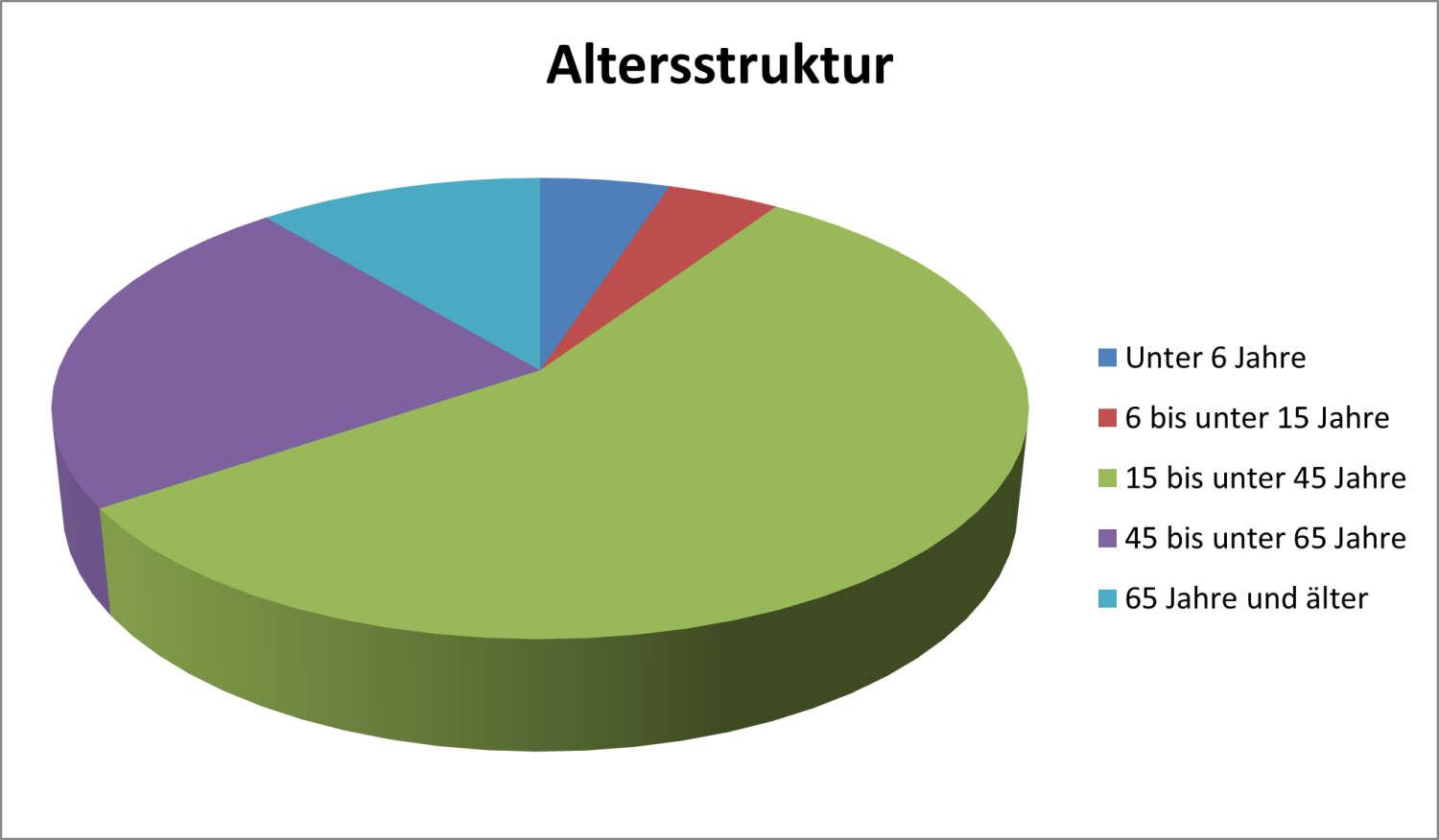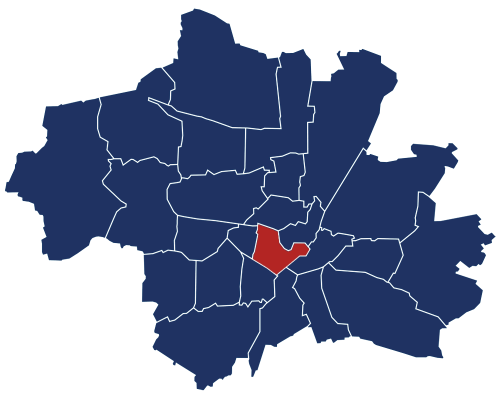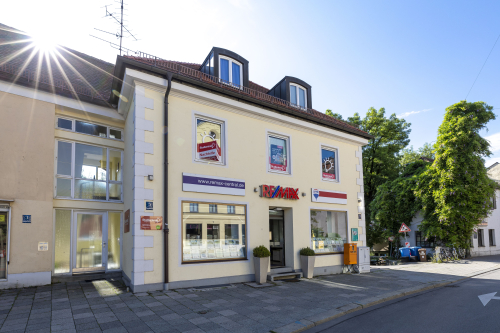Ludwigsvorstadt – Isarvorstadt
historical background of Ludwigsvorstadt – Isarvorstadt
The 2nd district was formed by merging Ludwigsvorstadt with the Isarvorstadt areas. For this reason, the historical backgrounds of the individual neighborhoods vary significantly. The Bahnhofsviertel (train station area), Wiesnviertel (Oktoberfest grounds), and Klinikviertel (hospital quarter) make up Ludwigsvorstadt. The Schlachthofviertel (slaughterhouse area), Glockenbachviertel, and Gärtnerplatzviertel belong to the Isarvorstadt.
Location
The district of Ludwigsvorstadt – Isarvorstadt is centrally located in the heart of Munich. District 2 borders the districts of Altstadt – Lehel and Maxvorstadt to the north, and Sendling to the south. To the east, it crosses the Isar River and extends well beyond its western bank, bordering Au – Haidhausen and Untergiesing – Harlaching. The western boundary lies at Schwanthalerhöhe. Generally speaking, this district surrounds the southern half of the historic city center.
Ludwigsvorstadt – Isarvorstadt is centrally located in the heart of Munich. District 2 borders Altstadt – Lehel and Maxvorstadt to the north, and Sendling to the south. To the east, it crosses the Isar River and stretches well beyond its western bank, bordering Au – Haidhausen and Untergiesing – Harlaching. The western boundary lies at Schwanthalerhöhe. Overall, the district encompasses the southern half of Munich’s historic city center.
development in Ludwigsvorstadt – Isarvorstadt
This district can be divided into two parts: on the one hand, Ludwigsvorstadt, and on the other, the Isarvorstadt areas.
As already mentioned in the historical background, the Bahnhofsviertel, Wiesnviertel, and Klinikviertel are part of Ludwigsvorstadt. The Bahnhofsviertel is located around the main train station, which is also the origin of its name. It was largely destroyed during World War II and had to be rebuilt afterward, including many residential and commercial buildings. Today, the area is home to numerous large and small retailers, as well as many hotels, restaurants, electronics stores, and international snack bars.
In the 19th century, the Wiesnviertel was planned as a prestigious neighborhood with villas and apartment buildings. Today, these villas are more commonly used as office spaces rather than residences. The final area, the Klinikviertel, is home to the inner-city clinic of Ludwig Maximilian University, with its numerous buildings.
The second part of this district concerns the Isarvorstadt areas, which include the Schlachthofviertel, Glockenbachviertel, and Gärtnerplatzviertel. All three neighborhoods originated from urban expansions during the Gründerzeit era and developed as districts with rental housing and commercial use. To this day, they still feature a high number of well-preserved historic buildings.
The Schlachthofviertel gets its name from the local slaughterhouse, which includes the wholesale meat market and numerous large and small butcher businesses that hold significant economic importance for Munich. In the past, the Glockenbachviertel and Gärtnerplatzviertel were dominated by craftsmen and small trades. At that time, these neighborhoods were rather impoverished and avoided by the upper class. Today, however, both quarters are among the most expensive residential areas in all of Munich. This transformation only occurred after the modernization and renovation of older residential buildings, which led to gentrification.
The most important buildings in this district include, among others:
- the Deutsches Museum on Museum Island,
- St. Paul’s Church near the Theresienwiese,
- the Deutsches Theater,
- the Munich office building that houses most of Munich’s individual trade unions,
- the Mathäser, one of the largest cinemas in Germany.
Population
A total of 49,657 residents currently live in the district of Ludwigsvorstadt – Isarvorstadt. Due to its small area of 440.15 hectares, the population density is 113 residents per hectare. This is the fifth-highest population density in all of Munich.
.
The proportion of foreign nationals is 27.4%, slightly above the citywide average. However, the population is steadily increasing. This is most noticeable in migration movements, with a net gain of +2,268, and in natural population development, with a birth surplus of +115.
age structure in Ludwigsvorstadt – Isarvorstadt
The 15 to under 45-year-olds represent the largest population group, with 27,878 residents, accounting for 56.15% of the total population.

age structure of Ludwigsvorstadt – Isarvorstadt
This age structure shows that there is a large target group for RE/MAX, as more than 55% of the residents are in an age range where they are likely to buy or rent property, or move regularly – and have the financial means to do so.
Numbers and Facts
- area: 440.15 hectares
- population: 49,657 residents
- population density: 113 residents per hectare




